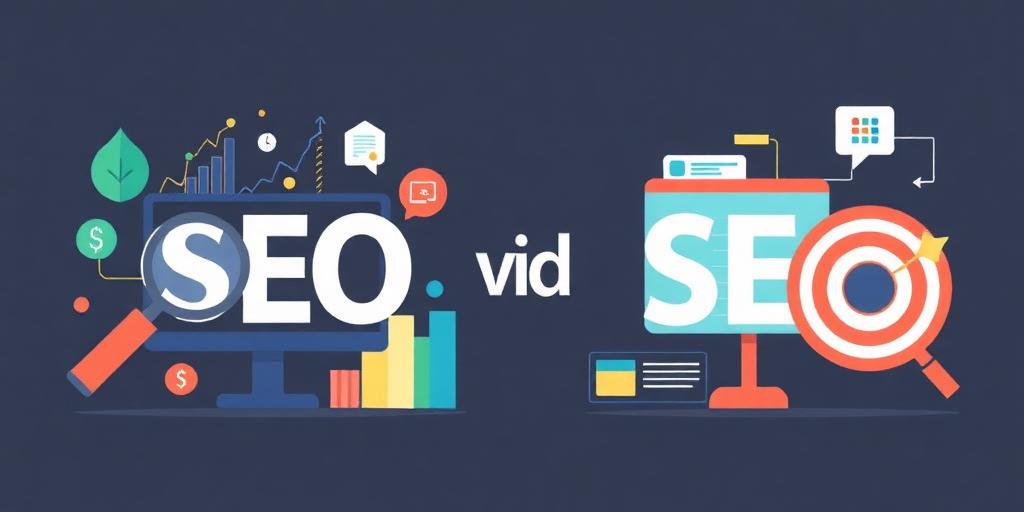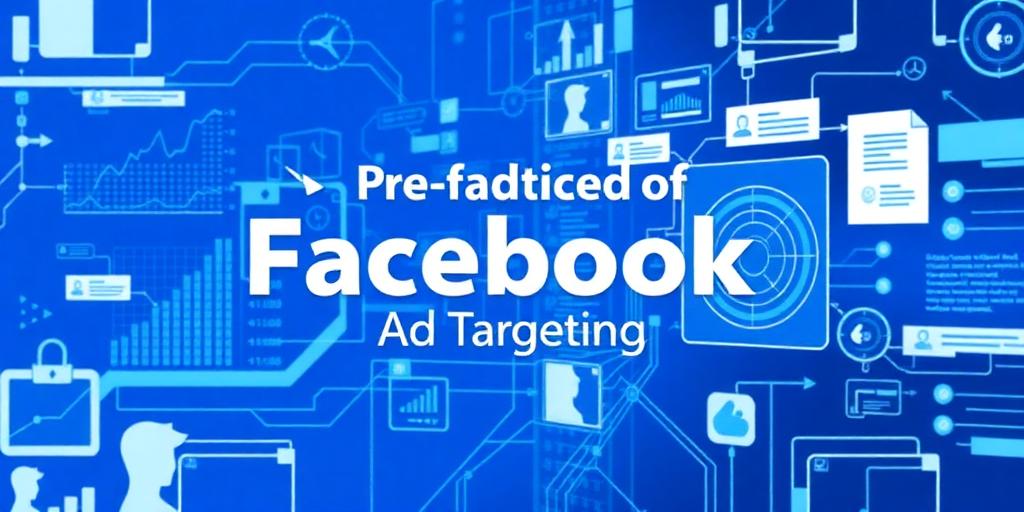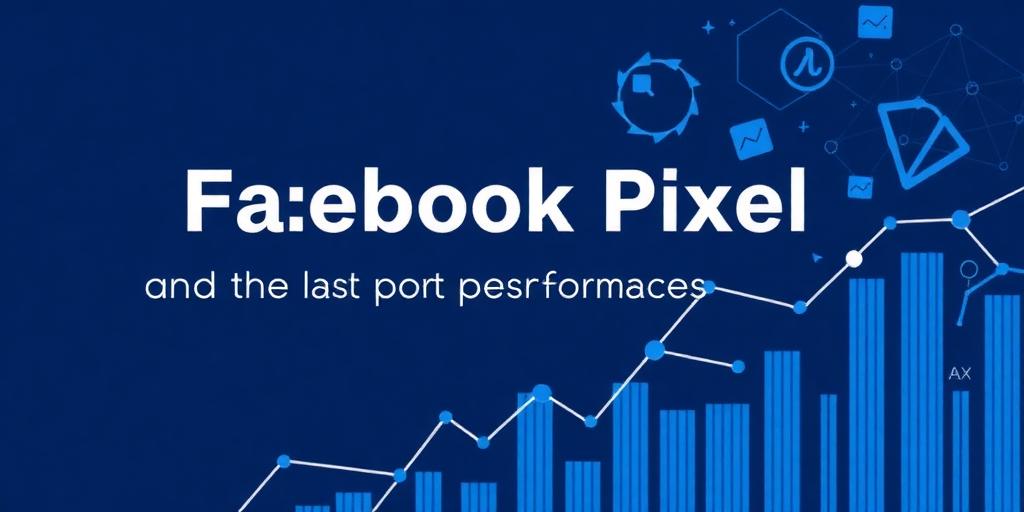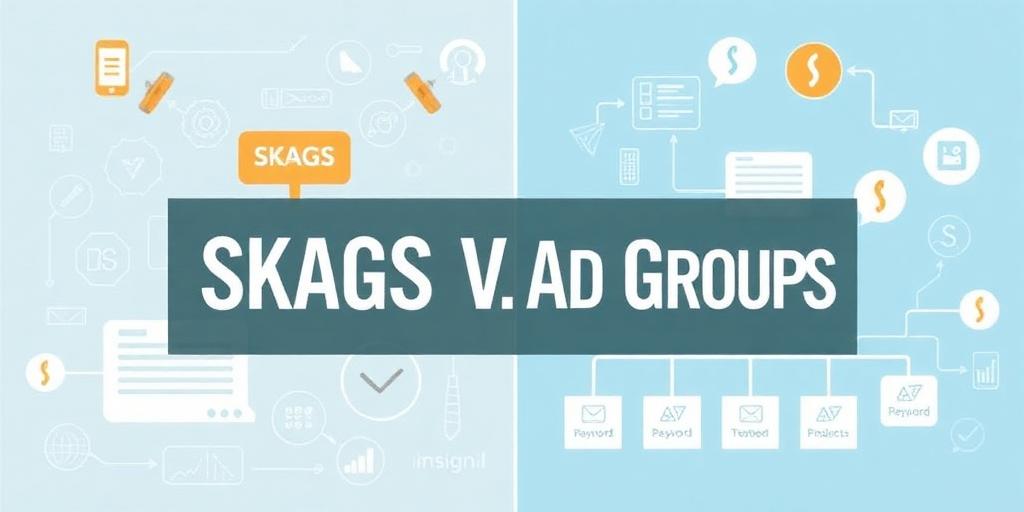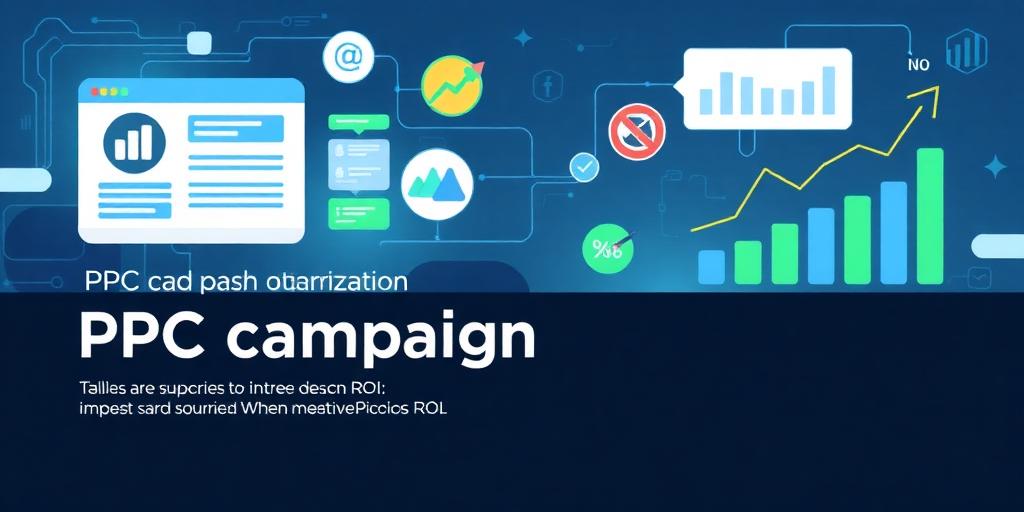SEO vs. SEM: Unraveling the Digital Marketing Maze
In the dynamic world of digital marketing, Search Engine Optimization (SEO) and Search Engine Marketing (SEM) are often used interchangeably. However, while they both aim to boost online visibility, they employ distinct strategies. This article delves into the core differences between SEO and SEM, providing clarity and actionable insights for your digital marketing endeavors.
Defining SEO: The Art of Organic Visibility
Search Engine Optimization (SEO) is the practice of enhancing your website to rank higher in search engine results pages (SERPs) organically. This involves a multifaceted approach, focusing on:
- Keyword Research: Identifying the terms your target audience uses.
- On-Page Optimization: Refining website content, meta tags, and structure.
- Off-Page Optimization: Building website authority through backlinks and social signals.
- Technical SEO: Ensuring your website is crawlable and indexable by search engines.
SEO is a long-term strategy, yielding sustainable results as your website gains authority and relevance in the eyes of search engines like Google, Bing, and Yahoo.
Demystifying SEM: The Power of Paid Advertising
Search Engine Marketing (SEM) encompasses all marketing efforts related to search engines, including both SEO and paid advertising. However, in common usage, SEM often refers specifically to paid advertising, such as pay-per-click (PPC) campaigns. Key components of SEM include:
- PPC Advertising: Creating and managing paid ad campaigns on platforms like Google Ads.
- Keyword Bidding: Bidding on relevant keywords to display your ads to targeted users.
- Ad Copy Optimization: Crafting compelling ad copy to attract clicks and conversions.
- Landing Page Optimization: Ensuring your landing pages are optimized for conversions.
SEM delivers immediate visibility, allowing you to reach a wider audience and drive targeted traffic to your website through paid advertising.
Key Differences: SEO vs. SEM
| Feature | SEO | SEM (Paid Advertising) | | :---------------- | :------------------------------------ | :----------------------------------------- | | Nature | Organic | Paid | | Speed | Long-term, gradual results | Immediate results | | Cost | Primarily time and resource investment | Direct advertising costs | | Visibility | Sustainable, organic rankings | Temporary, dependent on ad spend | | Control | Limited control over rankings | Full control over ad placement and targeting | | Targeting | Broad, based on search relevance | Highly targeted based on demographics, interests |
Integrating SEO and SEM: A Synergistic Approach
While SEO and SEM are distinct, they are most effective when integrated into a cohesive digital marketing strategy. Here’s how they can complement each other:
- Keyword Insights: Use SEM data to identify high-performing keywords for SEO.
- Landing Page Optimization: Apply SEO best practices to enhance SEM landing pages.
- Brand Building: Combine SEO and SEM to establish a strong online presence.
- Data Analysis: Leverage analytics to track performance and optimize both SEO and SEM efforts.
Conclusion: Navigating the Digital Landscape
Understanding the difference between SEO and SEM is crucial for effective digital marketing. SEO focuses on organic, long-term visibility, while SEM provides immediate results through paid advertising. By integrating both strategies, you can maximize your online presence, reach your target audience, and achieve your business goals. Embrace the power of both SEO and SEM to navigate the digital landscape and drive sustainable success.

